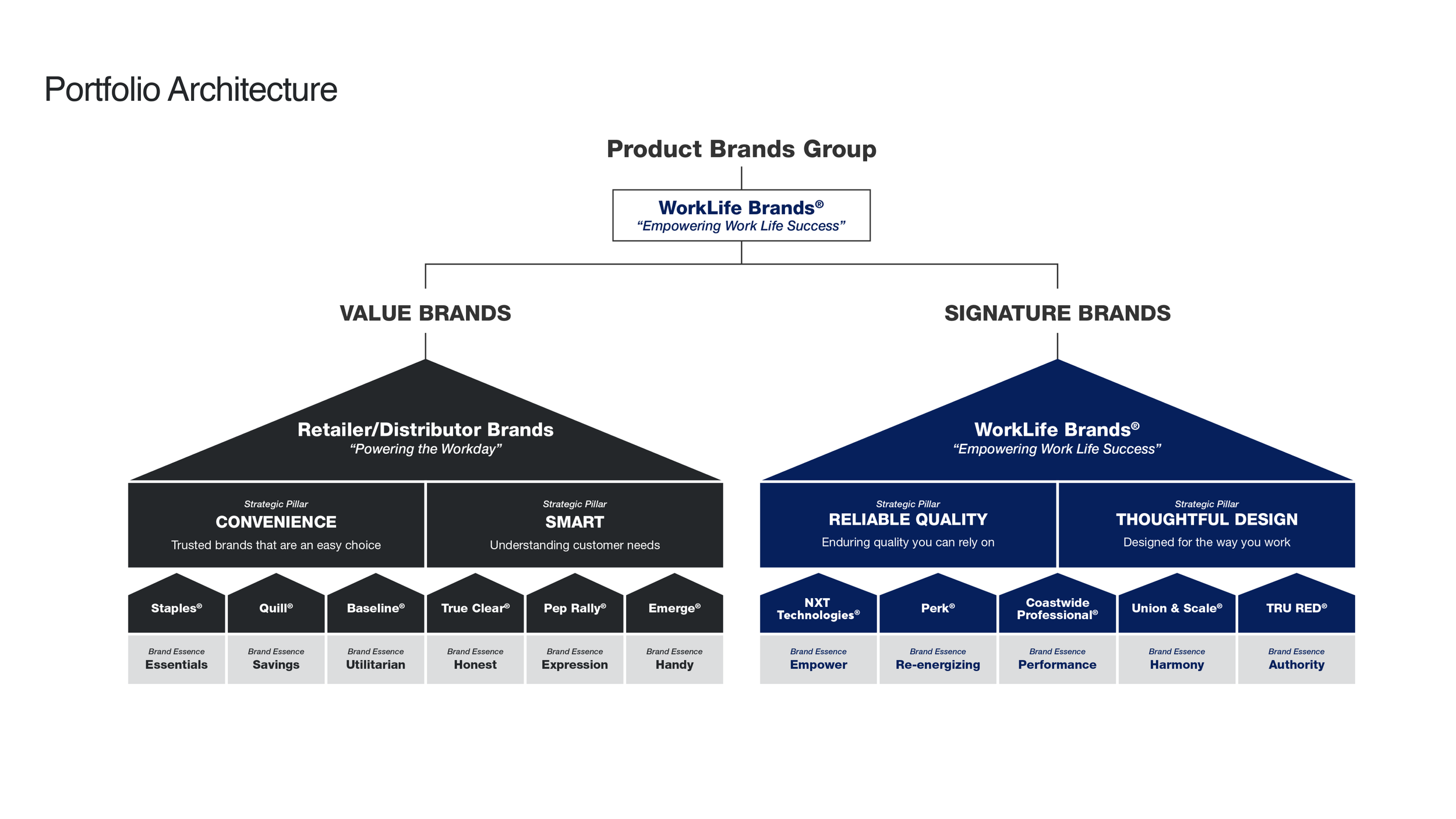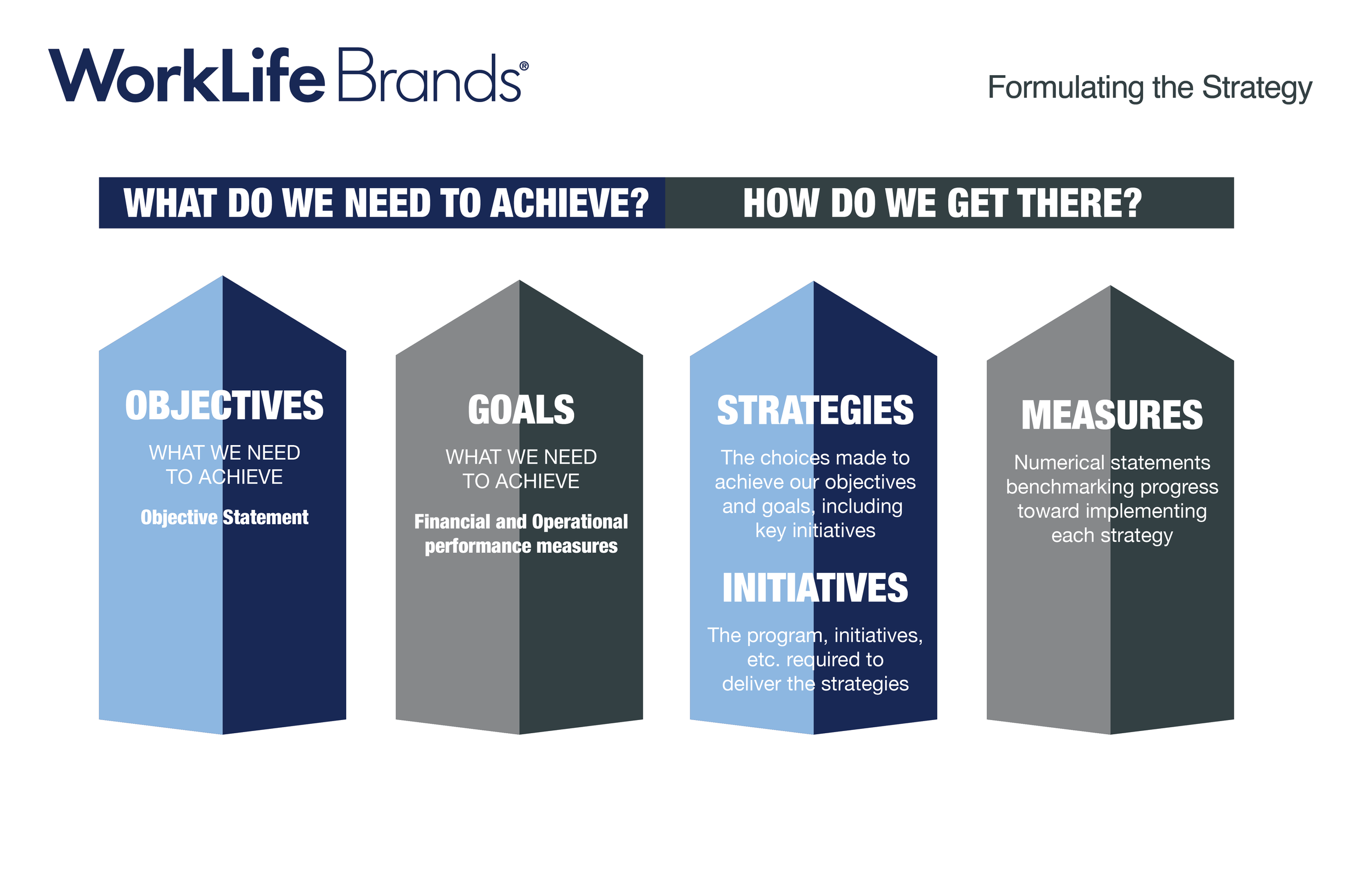WorkLife Brands
Maximizing Value Creation Through Holistic Strategy Alignment
Staples, founded in 1986, became a dominant force in the office supply industry but faced increasing challenges from e-commerce competitors, prompting strategic shifts. In 2015, a $6.3 billion merger attempt with Office Depot was blocked by U.S. regulators on antitrust grounds. Following this setback, Staples was acquired by private equity firm Sycamore Partners in 2017. Under Sycamore’s ownership, Staples pivoted from retail to business-to-business (B2B) services.
In 2018, Sandy Douglas, a former Coca-Cola executive, was appointed CEO, marking a new phase of transformation. His leadership included the launch of WorkLife Brands, an initiative designed to strengthen Staples' portfolio with customer-centric product solutions, streamline operations, and enhance brand alignment across diverse market channels.
WorkLife Brands' maximized value creation through holistic strategy alignment across business, brand, and product strategies. By harmonizing these strategies, WorkLife Brands accelerated growth, optimized market positioning, and delivered enhanced customer value. This holistic strategy alignment serves as a blueprint for businesses seeking to drive sustainable value and long-term success.
Business Strategy Alignment
Synchronizing the organization’s direction, goals, and resource allocation to maximize growth and profitability.
Defining Target Markets and Channels: WorkLife Brands focused its growth through core Staples channels (Staples.com and SBA) while expanding distribution into new marketplaces and dealer networks. By strategically targeting high-growth segments like facility supplies and business essentials, the brand consolidated its market share and increased penetration.
Organizational Structure and Resource Allocation: The integration of product management, brand management, and design functions under a unified strategy ensured optimal use of resources. This cross-functional structure facilitated better alignment with business objectives, enhancing operational efficiency and innovation.
Driving Revenue Growth: WorkLife Brands set a revenue goal of $3.5 billion by 2022, focusing on high-margin categories and expanding its market reach. Key initiatives included launching 10 new innovation projects per year (BIG BETS) based on market and assortment reviews and aligning growth targets with customer and market demand.
Brand Strategy Alignment
Codifying brand positioning, messaging, and customer interactions to consistently support the overall business objectives.
Compelling Brand Narrative and Rebranding Efforts: WorkLife Brands executed a comprehensive rebranding initiative, transforming legacy Staples brand packaging to the new "Staples 2021" design. This initiative reinforced a consistent brand narrative that resonated with target customers, enhancing brand loyalty and market differentiation.
Consistent Customer Experience Across Touchpoints: The brand focused on delivering a cohesive experience across all customer interactions by developing upgraded packaging, marketing content, and training assets. These initiatives ensured that brand values and messaging were effectively communicated, strengthening customer engagement and loyalty.
Customer-Centric Performance Metrics: Leveraging consumer insights and data-driven decision-making, WorkLife Brands prioritized customer satisfaction and product relevancy. Metrics such as maintaining high customer review scores and ensuring products were penny-profit positive aligned brand performance with customer expectations.

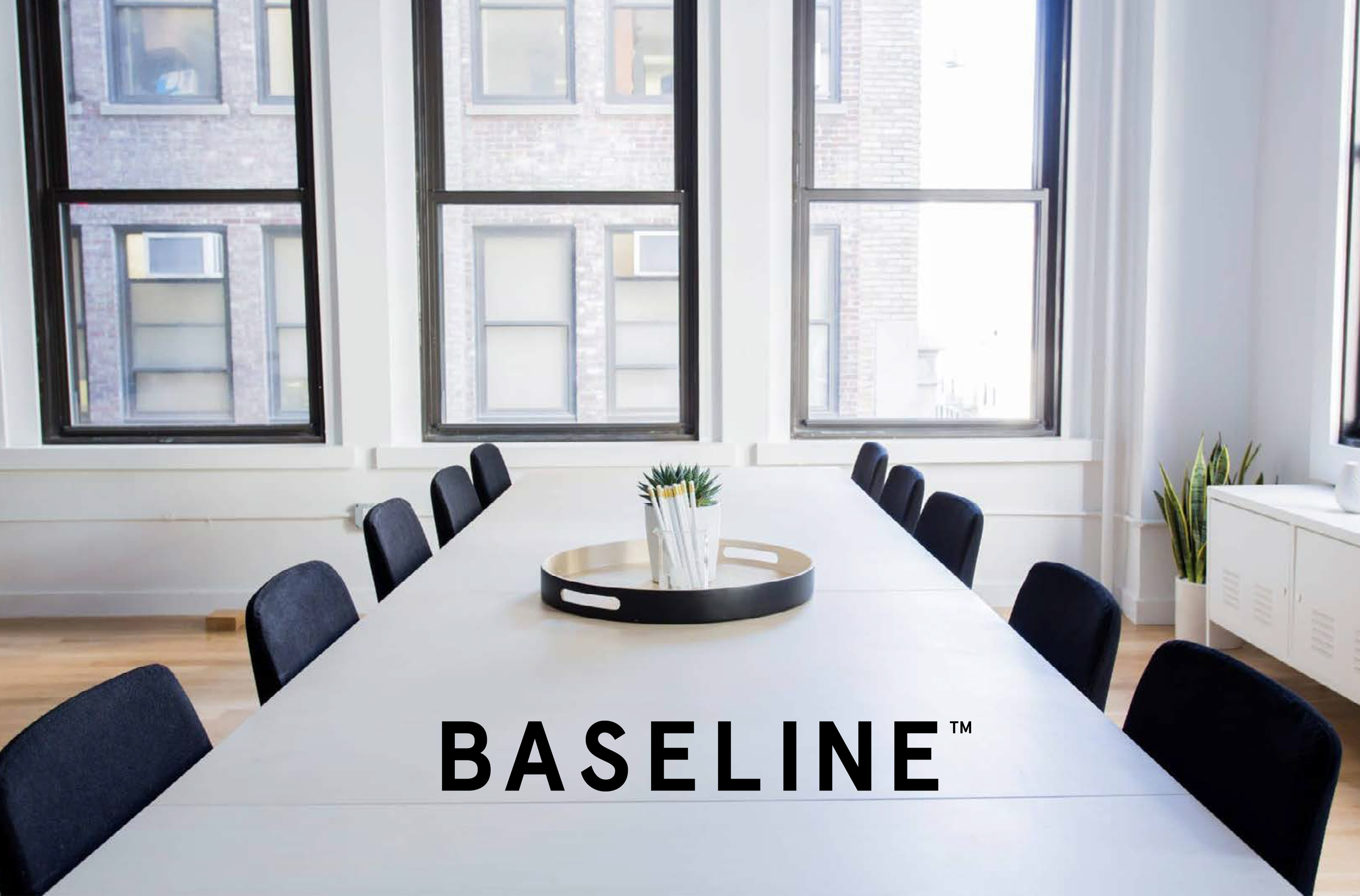
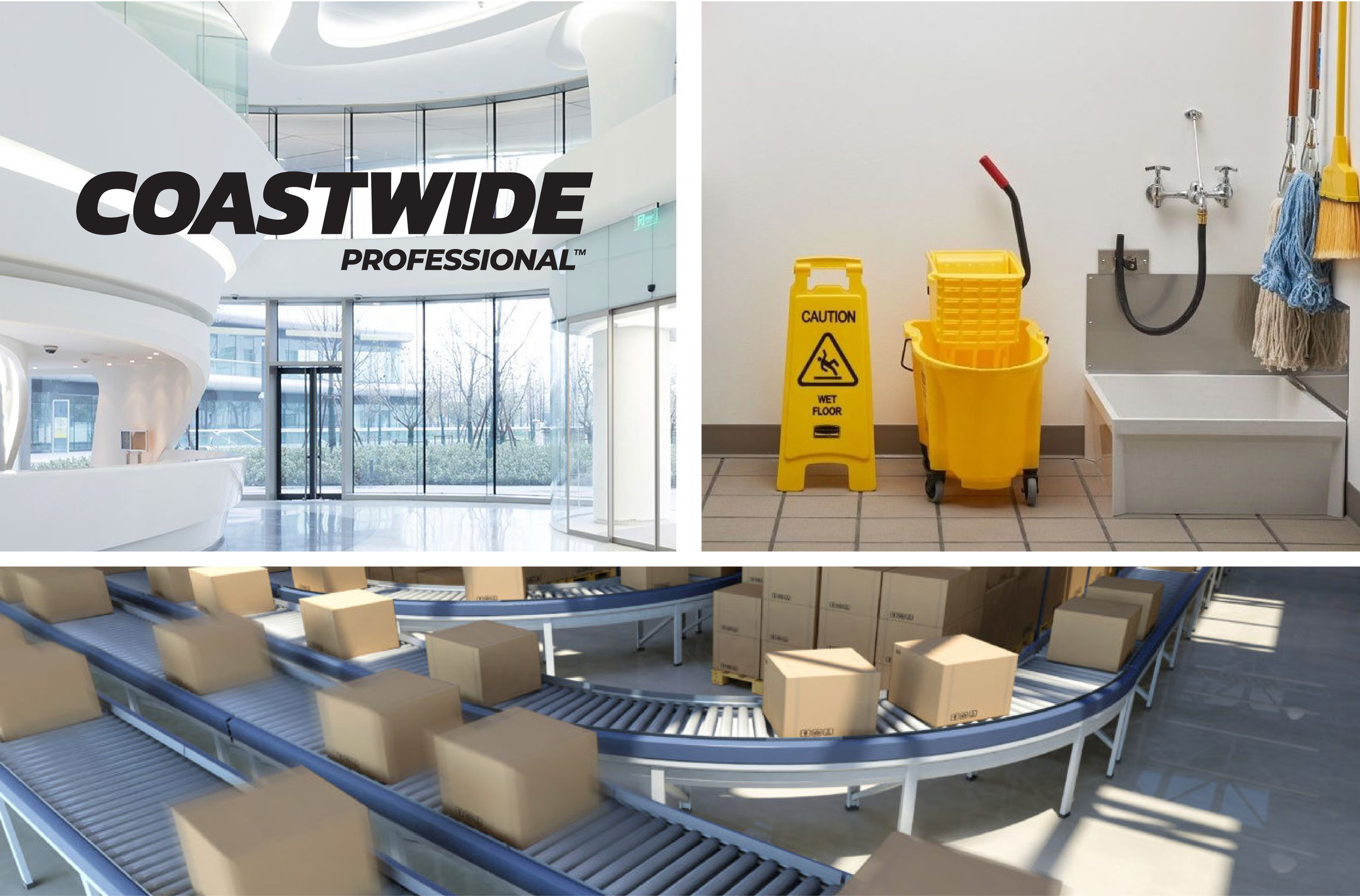

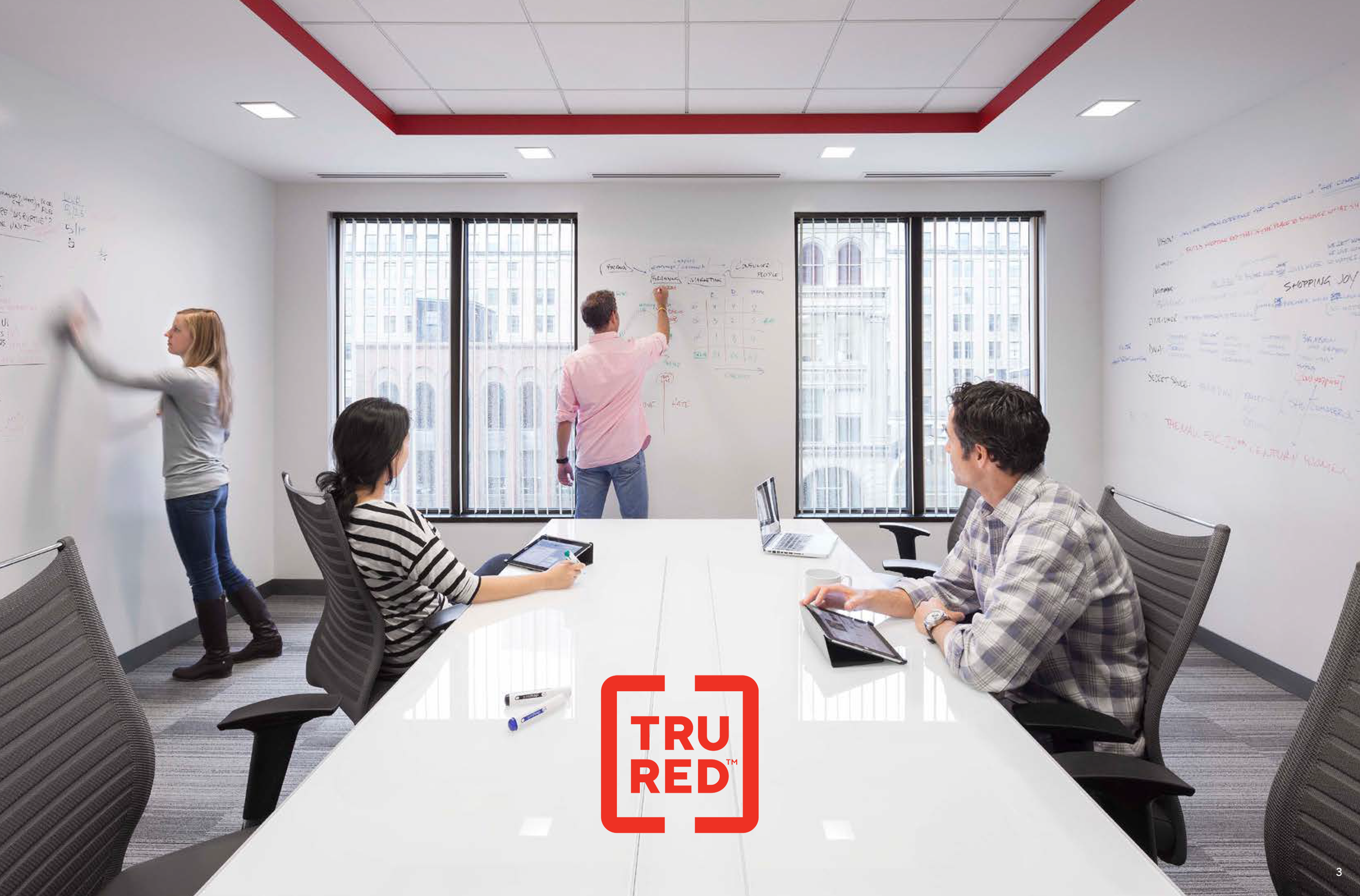

Product Strategy Alignment
Forging product portfolio and roadmap alignment with business and brand strategies to maximize market impact.
Optimized Product Development and Assortment Management: WorkLife Brands employed strategic assortment reviews and product development initiatives to meet evolving customer needs. This included reducing product assortment by 25% and launching 1000 new products, driving $250 million in first-year sales. This approach aligned product offerings with market demand while supporting broader brand goals.
Operational Efficiencies to Support Product Transformation: WorkLife Brands merged product design and packaging operations, training designers to create consistent and high-quality outputs. This operational improvement not only streamlined production but also aligned product aesthetics and messaging with brand strategy.
Innovative Go-to-Market Strategies: By creating integrated go-to-market plans that included content, assets, and training, WorkLife Brands ensured that products were effectively marketed and positioned to maximize customer reach and profitability.
Summary
The case of WorkLife Brands demonstrates how the alignment of business, brand, and product strategies can deliver substantial and measurable value creation. By setting a revenue target of $3.5 billion and focusing on high-margin categories, WorkLife Brands successfully expanded its market reach, including achieving 100% completion of rebranding initiatives for legacy Staples products. Operational improvements, such as the integration of design and packaging functions, resulted in a $1.8 million cost savings over two years, while product optimization initiatives delivered 1000 new products, generating $250 million in first-year sales. The emphasis on customer-centric strategies, evidenced by high customer satisfaction scores and positive penny-profit outcomes, further reinforced brand loyalty and market differentiation. Collectively, these initiatives illustrate the transformative impact of holistic strategy alignment, driving accelerated growth, enhanced market positioning, and sustainable profitability.
Author
Author: Daniel Reilly
General Manager, Konsidr
Daniel Reilly is General Manager of Konsidr, a strategic consultancy specializing in aligning business objectives with impactful design and innovation. With over 25 years of experience in consumer goods and strategic planning, Daniel has led initiatives that drive sustainable growth, operational excellence, and brand innovation. He has built and executed strategies for billion-dollar portfolios, developed transformative go-to-market plans, and fostered high-performing teams. As a champion of data-driven insights and customer-centric design, Daniel continues to deliver value through creative solutions that amplify brands and fuel long-term success.


